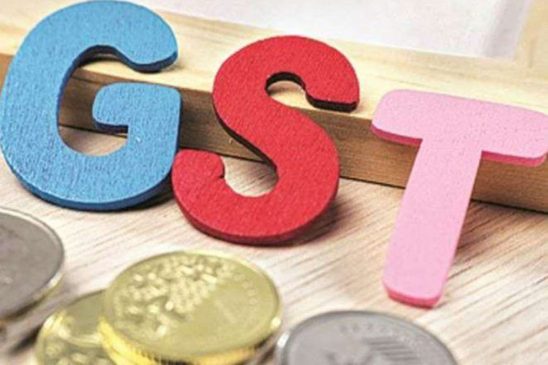These new rules include adjustments to the reporting of high-value transactions, the validation of bank accounts, and an important update allowing the reporting of negative liability.
Taxpayers in India will need to adjust their GST return filing processes due to several changes aimed at improving compliance and making the process more transparent, starting from September.
Read More:- SBI Introduces New FASTag Design To Reduce Toll Wait Times, Identify Discrepancies
These new rules include adjustments to the reporting of high-value transactions, the validation of bank accounts, and an important update allowing the reporting of negative liability, which will be carried forward to next month’s return.
One of the main changes is related to negative liability reporting. In the updated GSTR-3B form, taxpayers can now report negative liability under Table No. 3.
Read More: Saudi Arabia may cut crude oil prices for Asia in October
This means that if a taxpayer’s liability in a month is less than zero (negative), the value can be carried forward and adjusted against the liability in the following month. Earlier, taxpayers had to manually maintain records of such adjustments, which often led to mismatches in their return filings and triggered notices from the tax authorities asking for explanations.
Gunjan Prabhakaran, Partner & Leader of Indirect Tax at BDO India, explained the importance of this change.
Read More: AU Small Finance Bank Submits Application To RBI For Universal Bank Licence
“The format of return in form GSTR 3B has been changed to allow disclosure of the adjustment of negative values, which was not permitted earlier. The government had previously clarified that in case of carry forward of negative values, the taxpayers can adjust it in the subsequent return and disclose only net values. However, the taxpayers had to maintain records about the adjustments. Such a disclosure of net values also led to the mismatches between the values disclosed in multiple returns of taxpayers, causing the tax authorities to send communications to taxpayers, asking to explain the differences. The amendment would help in reducing the recordkeeping and the number of mismatch notices,” explained Prabhakaran.
Another major update effective from September 1 is the mandatory validation of bank account details in GST registration.
Read More: Indian Textile Industry Can Reach $300 Bn With $100 Bn Exports Potential By 2030: Centre
Taxpayers who have not added and validated their bank account details will face a blockage in filing their GSTR-1 or IFF returns. This move ensures that the government has verified bank information for all registered taxpayers, making the system more secure. Without complying, businesses will not be able to submit their returns.
The government introduced these changes alongside a 10% rise in gross GST collections in August 2024, reaching Rs 1.75 lakh crore. This growth suggests increased domestic consumption.
Read More:- Loan Sanctioning Goes Digital, But Recovery Still Needs ‘Feet On The Street’: RBI Deputy Governor
Out of the total, Rs 1.25 lakh crore came from domestic transactions, reflecting a 9.2% increase, while Rs 49,976 crore was collected from imports, marking a 12.1% rise. Although August’s GST collections were slightly lower than July’s Rs 1.82 lakh crore, they showed significant improvement over the Rs 1.59 lakh crore collected in August 2023.
The new GST filing rules are expected to streamline compliance, reduce errors in reporting, and make the process smoother for taxpayers. As these rules come into effect, businesses need to stay updated to avoid any disruptions in their filing routines.





































